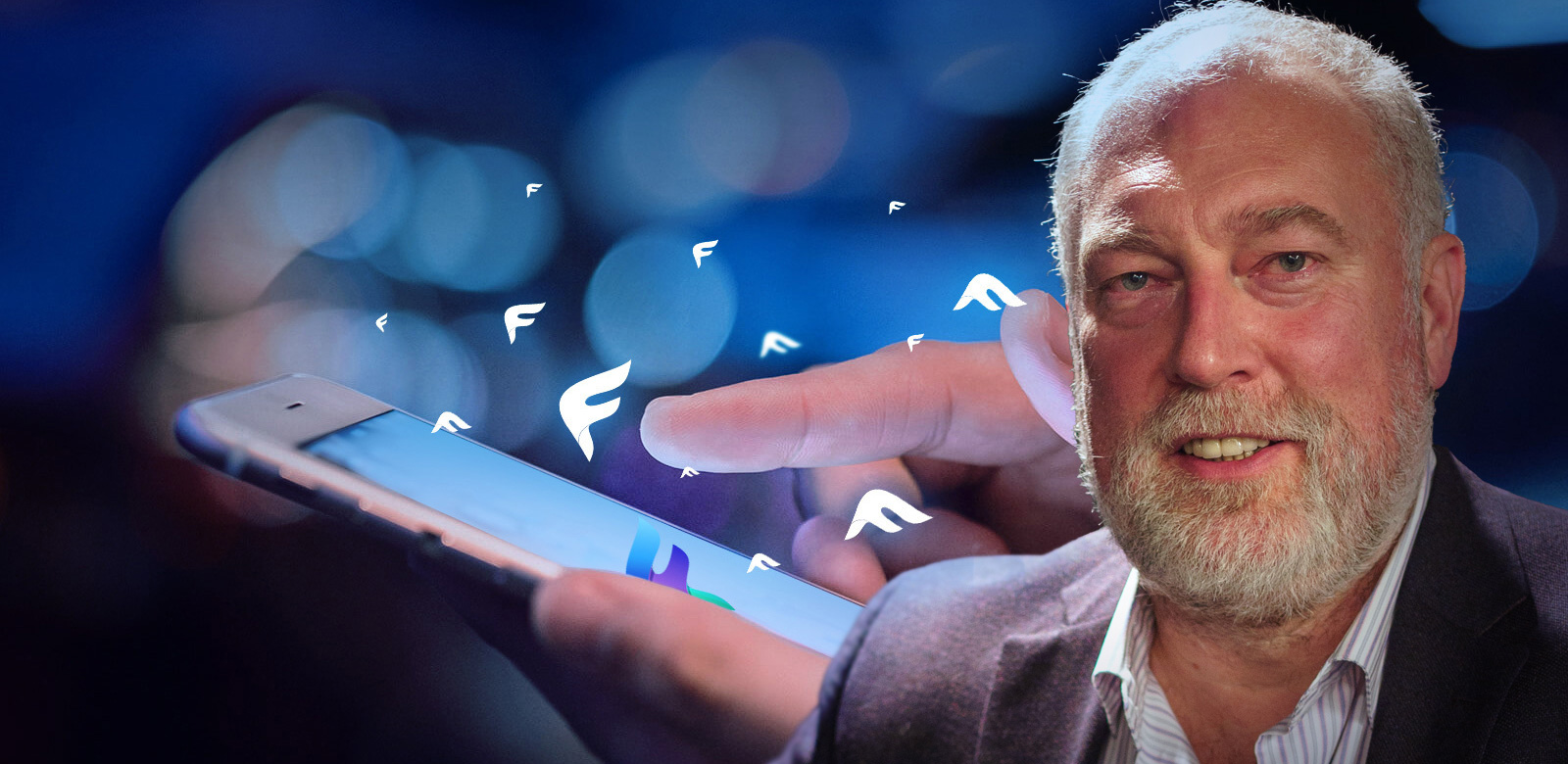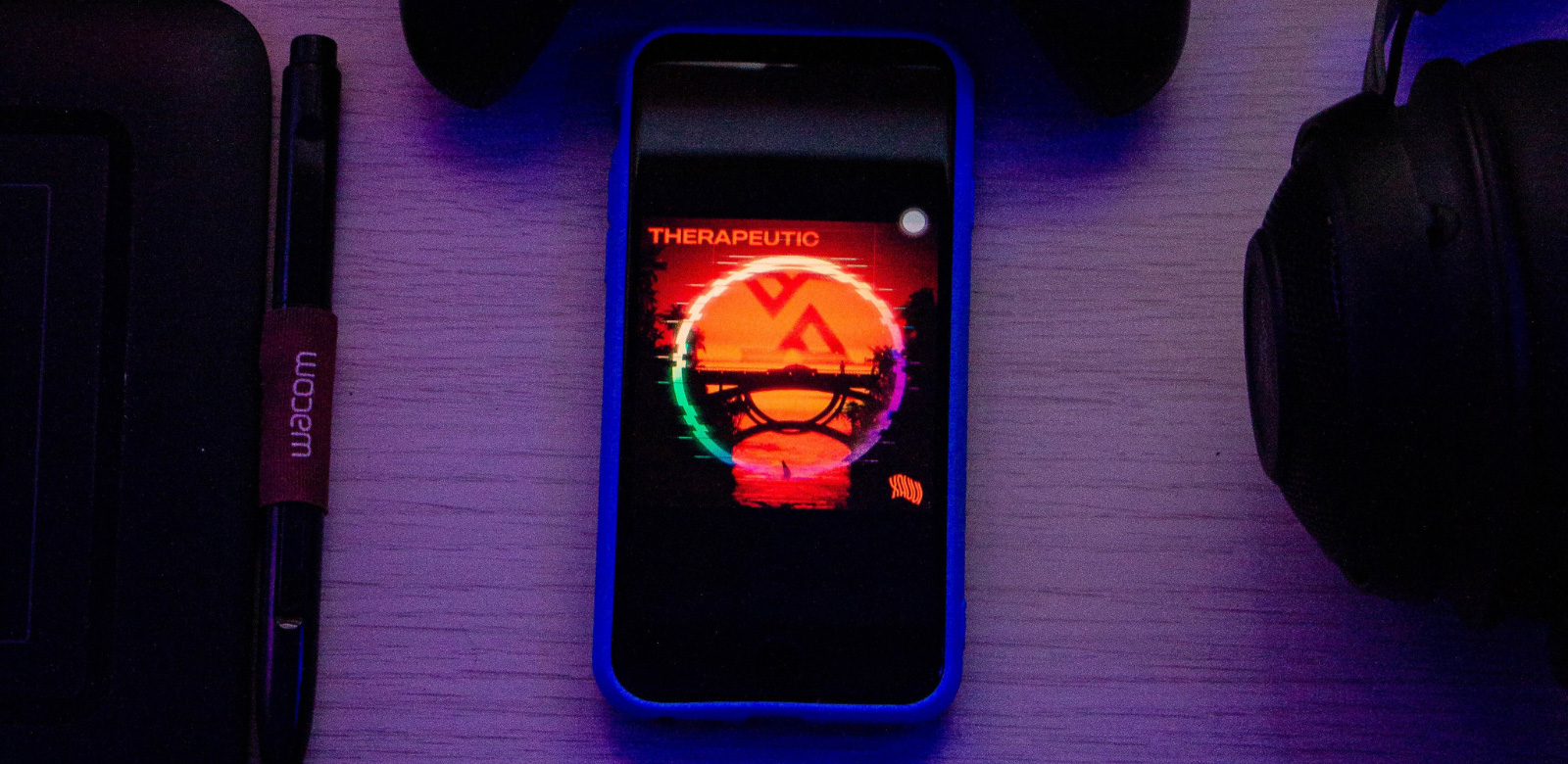Customized Fan Experiences: The Future of Hyper-Personalization in Sports

As we step into a new era of sports fandom, the buzzword you might hear is “hyper-personalization.” In the past, sports organizations relied on classic marketing approaches to engage with their fans through social media, email marketing, and merchandise sales.
However, as technology advances and data analysis becomes more sophisticated, sports teams are beginning to realize the value of personalized experiences for their fans.
2023 is the year of hyper-personalization in fan engagement, and here’s why:
1. Data collection and analysis are more sophisticated than ever
The collection and analysis of data have come a long way in recent years. Sports teams can now track every aspect of their fans’ engagement, from what they watch and click on to what they buy. This data can be used to create personalized experiences for each individual fan.
For example, a basketball team may use data to understand which players a fan follows and what types of merchandise they usually purchase. After that, they can create content and offers that include certain merchandise types of selected players, increasing the probability that the fan will be interested in the offer.
2. Fans expect a personalized experience
As consumers become more accustomed to personalized experiences in other areas of their lives like social media feeds and music playlists they expect the same from their sports teams. Fans want to feel like they are being seen and heard by their favorite teams. They want content and offers tailored to their interests, but most importantly, they want to feel like they are part of a community.
3. Personalization increases engagement and loyalty
By offering personalized experiences, sports teams can increase fan engagement and loyalty. Fans are more likely to feel connected to their team if they feel like their interests are being taken into account. They are also more likely to spend money on merchandise and tickets if they feel like they are part of a community.
4. Technology makes hyper-personalization simple
Advances in technology have made hyper-personalization achievable for most sports clubs. From AI to machine learning, sports teams can now analyze huge amounts of data and create personalized experiences for their fans.
A tennis tournament may use AI to analyze a fan’s social media posts and create personalized content based on their interests – a process known as content personalization.
If you’re a GM or a team owner wondering whether your team is using hyper-personalization to engage with your fanbase, here are some tips to help you understand:
- Personalized content: One of the most apparent signs of hyper-personalization is the delivery of personalized content. If your team is providing you with customized content, such as tailored news updates, player highlights, or merchandise offers based on your interests, then it’s likely that they’re using hyper-personalization.
- Customized communication: Another indication of hyper-personalization is customized communication. If your team is sending you targeted emails or push notifications that address you by name and offer tailored messages, then it’s likely that they’re using hyper-personalization.
- Personalized experiences: If you’re attending a game or event and notice personalized experiences, such as customized food and beverage options or personalized merchandise, then it’s a sign that your team is using hyper-personalization.
- User data collection: Hyper-personalization relies on user data collection, so if your team is collecting information about your fan behavior, purchasing history, or social media activity, then it’s likely that they’re using hyper-personalization.
- Customized offerings: Finally, if you provide customized offerings from your team, such as personalized ticket packages, VIP experiences, or fan clubs based on your interests, then it’s likely that they’re using hyper-personalization to engage with you.
To summarize, if your team is using hyper-personalization, you’ll likely notice customized content, communication, experiences, offerings, and user data collection. By using data and technology to create personalized experiences, sports teams can increase fan engagement and loyalty, and provide a more enjoyable fan experience.









